

This edition published in 2008 by Miles Kelly Publishing Ltd Bardfield Centre, Great Bardfield, Essex, CM7 4SL
Copyright 2010 Miles Kelly Publishing Ltd
Editorial Director Belinda Gallagher
Art Director Jo Brewer
Volume Designer WhiteLight
Assistant Editor Lucy Dowling
Picture Researcher Liberty Newton
Reprographics Anthony Cambray, Liberty Newton
Production Manager Elizabeth Brunwin
All rights reserved. No part of this publication may be reproduced, stored in a retrieval system or transferred by any other means, electronic, mechanical, photocopying, recording or otherwise, without the prior permission of the copyright holder.
British Library Cataloguing-in-Publication Data
A catalogue record for this book is available from the British Library
www.mileskelly.net
info@mileskelly.net


- The Earth formed 4.57 billion years ago out of debris left over from the explosion of a giant star.
- The Earth began to form as star debris spun round the newly formed Sun and clumped into rocks called planetesimals.
- Planetesimals were pulled together by their own gravity to form planets such as Earth and Mars.
- At first the Earth was a seething mass of molten rock.
- After 50 million years a giant rock cannoned into the newborn Earth. The impact melted the rock into a hot splash, which cooled to become our Moon.
- The shock of the impact that formed the Moon made iron and nickel collapse towards the Earths centre. They formed a core so dense that its atoms fuse in nuclear reactions that have kept the inside of the Earth hot ever since.
- The molten rock formed a thick mantle about 3000 km thick around the metal core. The cores heat keeps the mantle warm and churning, like boiling porridge.
- After about 100 million years the surface of the mantle cooled and hardened to form a thin crust.
- Steam and gases billowing from volcanoes formed the Earths first, poisonous atmosphere.
- After 200 million years the steam had condensed to water. It fell in huge rain showers to form the oceans.


- The Earth formed 4570 million years ago (mya) but the first animals with shells and bones appeared less than 600 mya. It is mainly with the help of their fossils that geologists have learned about the Earths history since then. We know very little about the 4000 million years before, known as Precambrian Time.
- Just as days are divided into hours and minutes, so geologists divide the Earths history into time periods. The longest are eons, thousands of millions of years long. The shortest are chrons, a few thousand years long. In between come eras, periods, epochs and ages.
- The years since Precambrian Time are split into three eras: Palaeozoic, Mesozoic and Cenozoic.
- Different plants and animals lived at different times, so geologists can tell from the fossils in rocks how long ago the rocks formed. Using fossils, they have divided the Earths history since Precambrian Time into 11 periods.
- Layers of rock form on top of each other, so the oldest rocks are usually at the bottom and the youngest at the top, unless they have been disturbed. The order of layers from top to bottom is known as the geological column.
- By looking for certain fossils geologists can tell if one layer of rock is older than another.
- Fossils can only show if a rock is older or younger than another; they cannot give a date in years. Also, many rocks such as igneous rocks contain no fossils. To give an absolute date, geologists may use radiocarbon dating.
- Radiocarbon dating allows the oldest rocks on Earth to be dated. After certain substances, such as uranium and rubidium, form in rocks, their atoms slowly break down into different atoms. As atoms break down they send out rays, or radioactivity. By assessing how many atoms in a rock have changed, geologists work out the rocks age.
- Breaks in the sequence of the geological column are called unconformities.



- The study of the shape of the Earth is called geodesy. In the past, geodesy depended on ground-based surveys. Today, satellites play a major role.
- The Earth is not a perfect sphere . It is a unique shape called a geoid, which means Earth shaped.
- he Earth spins faster at the Equator than at the Poles, because the Equator is farther from the Earths spinning axis.
- The extra speed of the Earth at the Equator flings it out in a bulge, while it is flattened at the Poles.
- Equatorial bulge was predicted in 1687 by Isaac Newton. The equatorial bulge was confirmed 70 years after Newton by French surveys in Peru by Charles de La Condamine, and in Lapland by Pierre de Maupertuis.
- The Earths diameter at the Equator is 12,758 km. This is larger, by 43 km, than the vertical diameter from North Pole to South Pole.
- The official measurement of the Earths radius at the Equator is 6,376,136 m plus or minus 1 m.
- The Lageos (Laser Geodynamic) satellite launched in 1976 has measured gravitational differences with extreme precision. It has revealed bumps up to 100 m high, notably just south of India.
- The Seasat satellite confirmed the ocean surfaces are geoid. It took millions of measurements of the height of the ocean surface, accurate to within a few centimetres.


 The bulk of the Earth is made from iron, oxygen, magnesium and silicon.
The bulk of the Earth is made from iron, oxygen, magnesium and silicon.- More than 80 chemical elements occur naturally in the Earth and its atmosphere.
- The crust is made mostly from oxygen and silicon, with aluminium, iron, calcium, magnesium, sodium, potassium, titanium and traces of 64 other elements.
- The upper mantle is made up of iron and magnesium silicates; the lower is silicon and magnesium sulphides and oxides.
- The core is mostly iron, with a little nickel and traces of sulphur, carbon, oxygen and potassium.

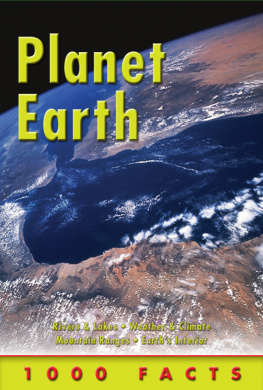
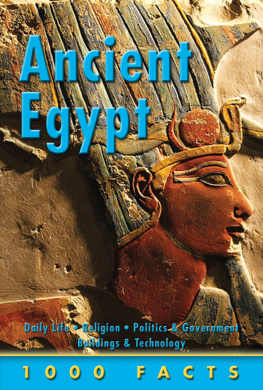
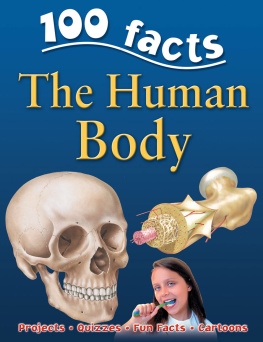
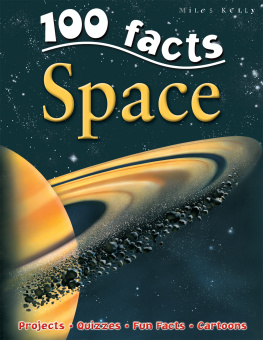



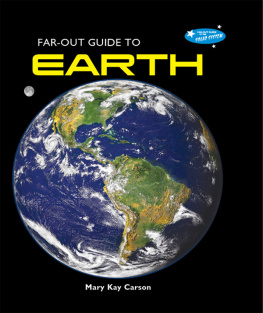

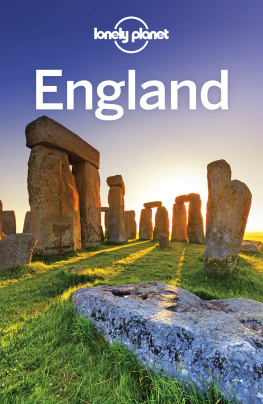

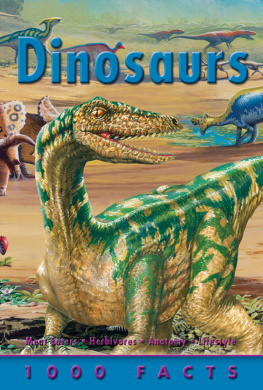
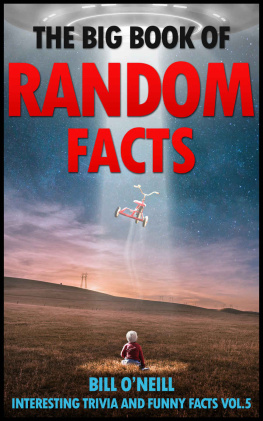











 The bulk of the Earth is made from iron, oxygen, magnesium and silicon.
The bulk of the Earth is made from iron, oxygen, magnesium and silicon.